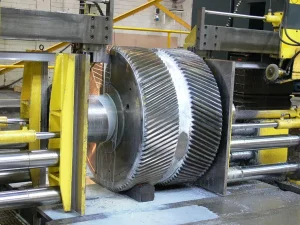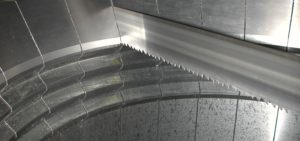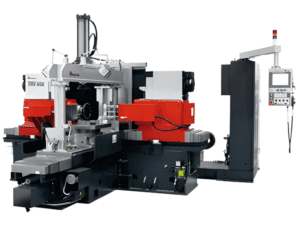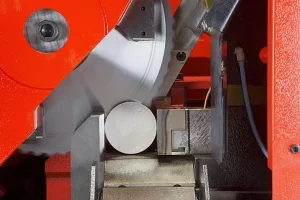The Future of Cutting Technology: Trends and Innovations to Watch
In the fast-evolving world of manufacturing, cutting technology is experiencing a revolution. Advances in automation, laser precision, and AI integration are transforming how materials are cut, allowing for greater accuracy, speed, and cost-efficiency. This blog explores the latest trends in cutting technology and what they mean for the industry’s future.
Laser Cutting for Precision and Speed
Laser cutting has been a game-changer, offering unparalleled precision and speed. New laser systems can handle a wider range of materials than ever before, including metals, plastics, and ceramics. As lasers become more powerful and sophisticated, they’re also becoming more accessible, allowing smaller companies to take advantage of this technology. Future developments in laser cutting are expected to focus on reducing energy consumption, increasing cutting speeds, and improving overall efficiency.
AI and Machine Learning in Cutting
Artificial intelligence (AI) and machine learning are quickly becoming integral to cutting technology. These advancements allow machines to “learn” from previous cuts, enabling them to adjust cutting patterns and optimise processes based on past results. AI-driven cutting systems can detect and avoid potential issues before they arise, resulting in less waste, fewer errors, and reduced downtime. In the near future, we can expect AI to play a significant role in automating even the most complex cuts, making the cutting process faster, more accurate, and increasingly cost-effective.
Water Jet Cutting for Sustainable Manufacturing
Sustainability is becoming a priority in manufacturing, and water jet cutting is seen as one of the more environmentally friendly cutting methods. Unlike laser or plasma cutting, which generates heat and may alter the material’s properties, water jet cutting is a cold process that minimises waste and does not produce hazardous fumes. Innovations in water jet cutting are focused on improving precision and expanding its material compatibility, making it suitable for an even broader range of applications.
Robotic Integration in Cutting Processes
Robots are finding their way into manufacturing, and the cutting industry is no exception. Robotic arms equipped with laser, water jet, or plasma cutters can perform complex cuts with a level of precision and consistency unmatched by human operators. These robots can work 24/7, leading to higher productivity and reduced labour costs. Robotic cutting systems are particularly valuable in industries like automotive and aerospace, where precision is critical, and human error must be minimised.
Sustainable Practices in Cutting Technology
As manufacturers increasingly adopt eco-friendly practices, cutting technology is evolving to support these goals. This includes using biodegradable abrasives in water jet cutting and recycling metal shavings produced during cutting processes. Furthermore, advancements in cutting machine design are helping reduce energy consumption, aligning with broader sustainability initiatives within the industry.
The future of cutting technology is bright, with advancements that promise to make the cutting process faster, more precise, and environmentally friendly. Manufacturers who keep pace with these trends will be well-positioned to meet the demands of a competitive, high-tech market.





